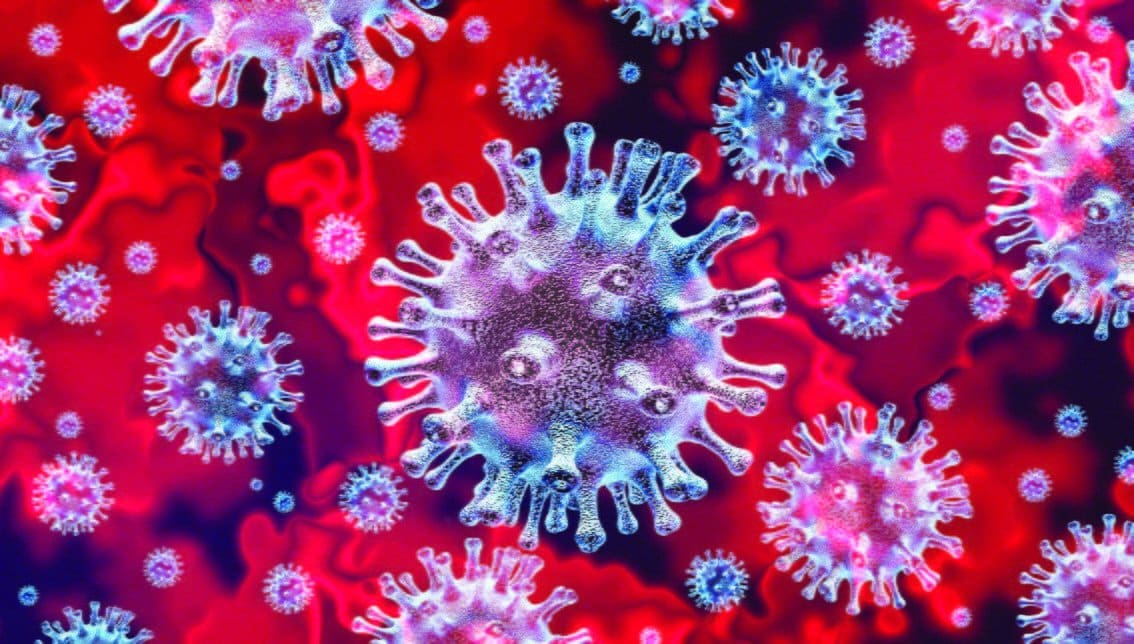The Centers for Disease Control and Prevention (CDC) is closely monitoring an ongoing outbreak of 2019 Novel Coronavirus (2019-nCoV) in Wuhan, China. Cases have been identified in multiple countries, including the United States.
The American Nurses Association (ANA) affirms the current CDC guidelines on the interim recommendations for healthcare professionals to protect the public and themselves. For guidance, visit cdc.gov/coronavirus/2019-nCoV/index.html. In addition, ANA also developed resources available at nursingworld.org/coronavirus.
Coronaviruses are not a new family of viruses and are common in different species of animals; however, it’s rare for animal coronaviruses to evolve and spread to people. There are multiple strains that can cause mild respiratory symptoms or even the common cold. In previous years, other strains have been associated with severe acute respiratory syndrome (SARS) and Middle East respiratory syndrome (MERS).
Transmission of 2019-nCoV can occur person to person, but it’s unclear how and how easily the virus is transmitted. Symptoms associated with 2019-nCoV include mild to severe respiratory illness with symptoms of fever, cough, and shortness of breath. The CDC believes the incubation period lasts 2 to 14 days after exposure based on what has been seen previously as the incubation period of MERS viruses. Currently, no vaccine is available to consumers. Older adults and people with underlying medical conditions are at increased risk.
Nurses should develop and educate staff on a preparedness plan that provides infection prevention procedures and protocols used within their healthcare facility for the early identification and care of patients with symptoms associated with 2019-nCoV. Facilities should provide updated training and guidelines on the use of personal protective equipment, such as gloves, gowns, masks, eye protection, and a face shield. Consistent use of proper hand hygiene, standard precautions, contact precautions, and airborne precautions, along with the proper use of a National Institute for Occupational Safety and Health-approved N-95 respirator or higher, is recommended.
Editor’s note (3/1/20): The COVID-19 (coronavirus 2019) situation is fluid. We encourage readers to refer to the CDC website for updates.


















